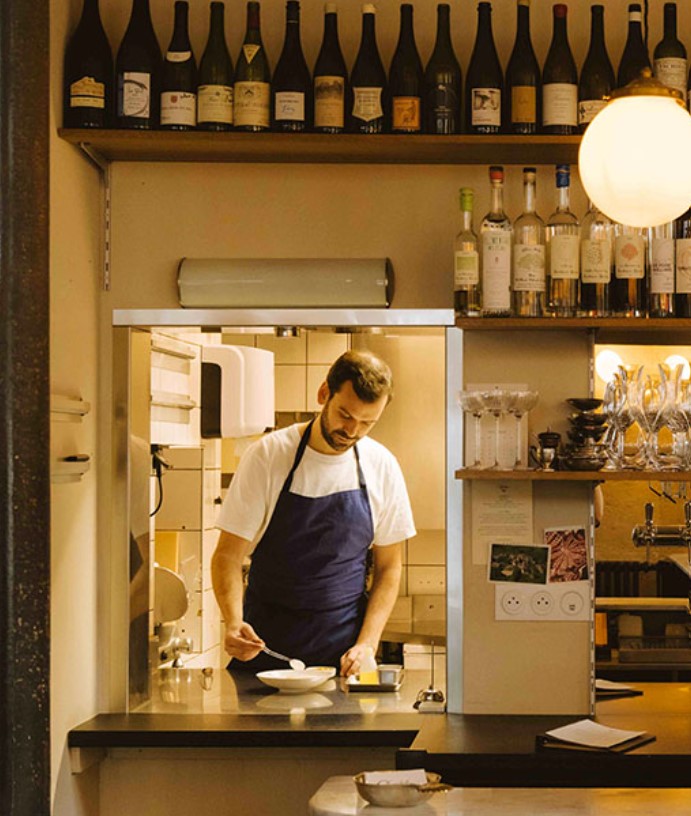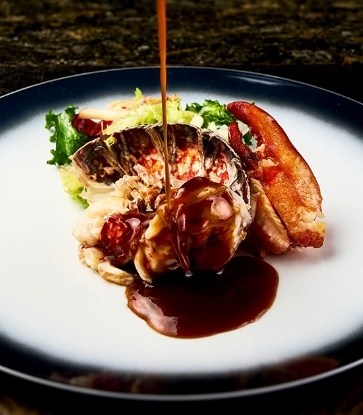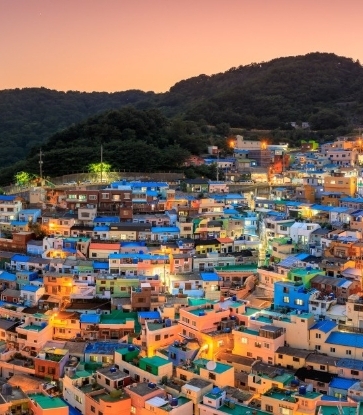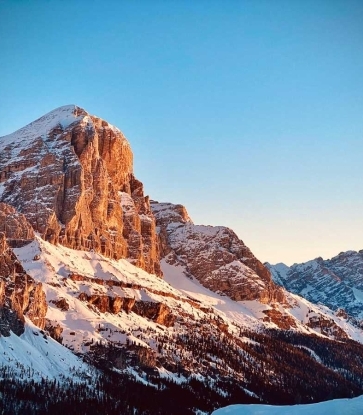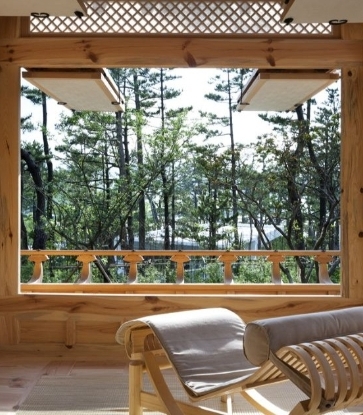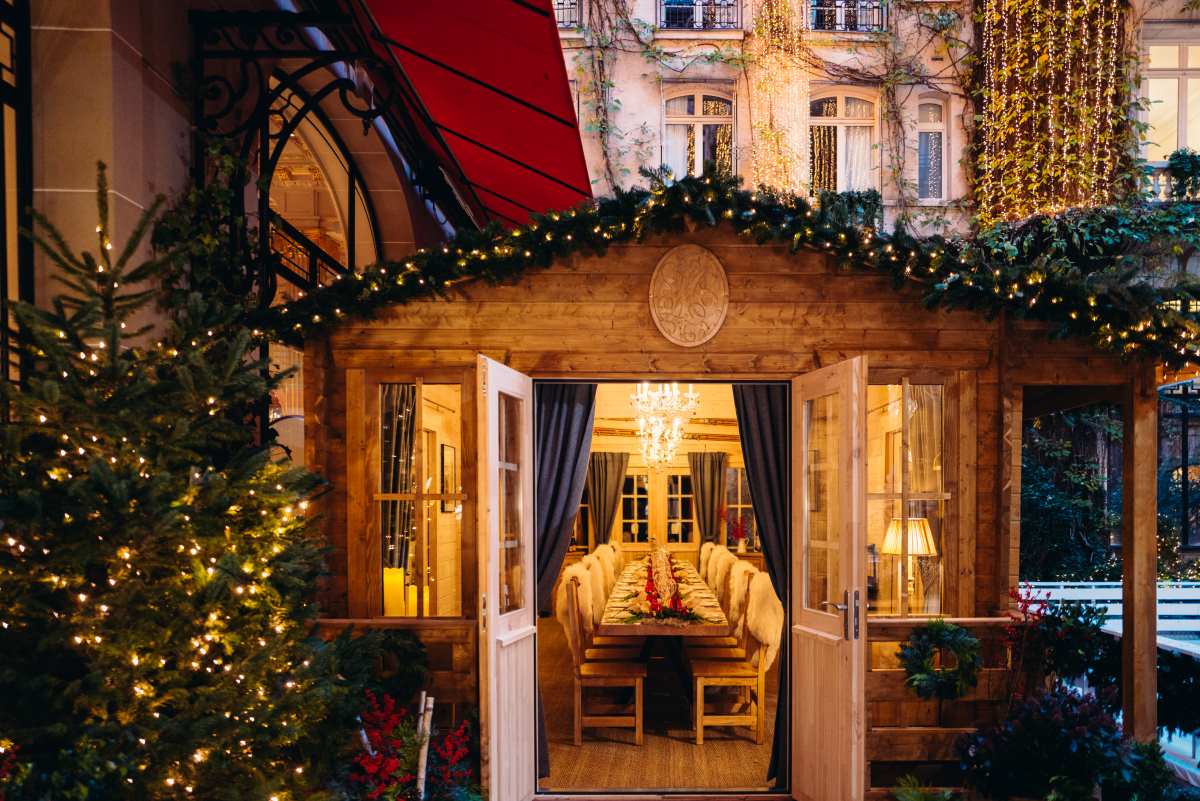With typically cooler temperatures than the Mediterranean, in the Nordics you’ll find energizing swimming spots (wetsuit optional, depending on how hardy you are), off-the-beaten-track wild landscapes (meaning it’s worth packing your hiking boots as well as your flip flops) and innovative-as-ever MICHELIN-rated dining spots and places to stay. Bookmark these six Nordic summer beach spots for a cool summer escape.
Pristine beaches with sands spanning golden caramel to biscuit shades, scope for cooling swims in refreshing fjords, or warm-up soaks in geothermal waters with a side of bastu (sauna), the Nordics (Sweden, Finland, Norway, Denmark and Iceland) are a great choice for a summer getaway where you won’t work up too much of a sweat (unless you want to, that is).

1. Tylösand Beach, Halmstad, Sweden
Thanks to mountains ground into sand by inland ice during the Ice Age, Halland on Sweden’s west coast has some stunning beaches. Backed by grassy dunes leading into the Haverdal Nature Reserve, Tylösand’s 4-mile (7-kilometer) stretch of powder-white sand is one of its most appealing, with pleasant sea temperatures (around 59-68 F or 15-20 C) and air temperatures in the low 70s during summer.Packing social swagger rather than serenity, it’s akin to a Swedish St. Tropez — think mojitos at beach clubs with house music and lively volleyball matches. Invigorating hot-cold sauna culture can be experienced at Hotel Tylösand, where you alternate between saunas and cold plunge pools. (Tip: Always shower before entering a sauna, and ask about local rules — in many Nordic countries, going nude is the norm.)
For refined seafood dining — think grilled turbot with spinach — head to beachside Fyr, helmed by Chef-owner Jacob Holmström. Or try its summertime-only, no-reservations offshoot, Fyr på Stranden, for casual small plates.
Gothenburg, about a 90-minute drive away, makes a good base for beach day trips. Stay at Hotel Pigalle, a boutique property channeling 1920s Parisian glamour, complete with a fun rooftop bar.

2. Yyteri Beach, Pori, Finland
Finland’s Yyteri Beach, just outside Pori, is another west coast wonder. With about 2 miles (3 kilometers) of protected, gilded sand and rolling lyme grass-covered dunes, Yyteri is Finland’s first and only beach (as of 2025) to receive Blue Flag certification. Shallow waters ranging from 59-64 F (15-18 C) make it ideal for swimming — lifeguards are on duty from mid-June to mid-August — and summer temperatures average around 72 F/22 C). There’s also scope for paddleboarding and windsurfing here, as well as good surf conditions for beginners at Merisatamatie 13 Dog Beach.About 18 miles (30 kilometers) of hiking trails run through the wider Yyteri area, winding along sandy paths and through pine forests. The Yyteri mudflats are a magnet for wading birds such as plovers and redshanks.Base yourself about a 90-minute drive away at the Lapland Hotel Tampere in Finland’s second-largest city. Sultry bedrooms have dark wood floors and Arctic Dream beds, with the fanciest suites featuring private saunas. Dig into Tampere’s culinary scene at hit restaurant Kajo, where the ever-changing Ode to Nature menu blends seasonal Finnish produce with Asian techniques: Think Arctic char with plum and shiso, aromatic mushroom tea with glazed sourdough brioche, and rhubarb granita with elderflower sabayon and ginger oil.

3. Ingierstrand, Sætre and Tofte Beaches, Oslo and Greater Oslo, Norway
After time in the city, opt for a beach-to-beach safari around Greater Oslo. Just 30 minutes from the city center is family-friendly Ingierstrand Beach, where rocky outcrops tumble into a sandy sweep and a flagstone-covered beachfront along the Bunnefjord.One of its main draws? A striking 1930s diving board built in the functionalist style, with platforms at 3, 5 and 10 meters. Watching adventurous types leap into 68 F (20 C) water is particularly memorable at sundown. Another option, about an hour’s drive south of Oslo, is Sætre Beach — a petite stretch of sand backed by rocky terrain and grassland dotted with birch and pine trees.
Further south, the beaches at the tip of the Asker Peninsula — such as Tofte — tend to be less crowded and offer dramatic shoreline hikes. Don’t miss the Tofte to Sandbukta-Østnestangen Nature Reserve trail and keep your eyes peeled for seals and seabirds along the way.
Book a stay at Amerikalinjen in Oslo’s city center, where design leans into the neo-baroque building’s maritime heritage as the former HQ of the Norwegian America Line. The in-house bakery serves excellent bagels — including one with brunost (Norwegian "brown cheese") and another vibrant magenta version made with beetroot — and there’s a New York–inspired jazz club, too.
Dining-wise, hotfoot it to Kontrast (Two MICHELIN Stars and a Green Star), where innovative Chef Mikael Svensson pushes the boundaries of Nordic cooking with storytelling dishes that spotlight produce from small-scale farmers. Or head to still-going-strong-after-20-years Plah, known for its progressive Norwegian-meets-Thai flavors.

4. Haukland Beach, Lofoten Islands, Norway
Prepared to go remote for a beach idyll? Haukland Beach — with blindingly white sand, mountain backdrops and crystal-clear azure water — lies on Vestvågøy Island in Norway’s Lofoten archipelago. It’s not the easiest place to reach, but it’s absolutely worth the effort. You can get there via a flight to Bodø, a ferry to Moskenes and then an hour’s drive — or take an additional flight from Bodø to Leknes, followed by a shorter 15-minute drive. The reward? Scenery that could be mistaken for the Caribbean.The waters, however, are far more refreshing — averaging around 54 F (12 C) in July, with yearly ranges between 37-59 F (3-15 C). Wetsuits and sit-on kayaks are available for rent. As for food, don’t expect fine dining — but a seasonal beach café, open June through September, serves satisfying fare like smoked salmon sandwiches, bacalao (dried and salted cod) and banana bread.
For a place to stay, head to Holmen Lofoten in Moskenes, which hosts culinary residencies with guest chefs like Simon Rogan and Ana Roš at its Kitchen on the Edge. Guests bed down in contemporary Scandi-style fishing huts and suites, some with panoramic ocean views.

5. Nauthólsvík Geothermal Beach, Reykjavík, Iceland
For those who enjoy alternating between cold fjord dips and warm soaks, the man-made beach Nauthólsvík, not far from downtown Reykjavík, is a dream. On the shoreline of the 50-59 F (10-15 C) waters of the Atlantic Ocean, there’s a sweep of golden sand — noteworthy in Iceland, where most beaches have black sand. These imported grains hail from Morocco. There’s also a seawater-filled tidal lagoon, which in summer is heated with geothermal water to around 63 F (17 C).Even toastier is the in-lagoon hot tub, which stays between 95-100 F (35-38 C). Visit around midday or between 5 and 7 p.m., and you’ll likely meet members of Reykjavík’s sea-swimming community, who use Nauthólsvík as their main hub.
Nearby, the hilly forested trails of Öskjuhlíð and the Perlan natural history museum are within easy reach. Another draw? You’re spoiled for choice when it comes to dining in Reykjavík — from lengthy feasts at ÓX, a One-MICHELIN-Star and MICHELIN Green Star recipient, where foraged and preserved ingredients and a nose-to-tail philosophy preside, to newcomer Hosiló, recently added to The MICHELIN Guide. The restaurant, located in an industrial-style space, serves a weekly changing menu by a trio of friends: Númi Þorkell Thomasson, Atli Ottesen and Aðalsteinn Ragnar Benediktsson.
Stay at the ION City hotel for its central Laugavegur location and design-led rooms featuring recycled wooden slat flooring, midcentury furniture and lava stone showers.

6. Gudmindrup Strand, Odsherred, Denmark
Home to many a summerhouse, Odsherred is where in-the-know Danes head to for some downtime. A great Nordic beach escape, Denmark’s only UNESCO Global Geopark is about an hour from Copenhagen, and is not only ideal for easygoing beach days and meadow strolls: Its nutrient-rich terroir and top-tier produce have also sparked an innovative farm-to-table dining scene.In fact, Odsherred was the host region of the 2025 MICHELIN Guide Nordic ceremony. For sandy-toed bliss, head to Gudmindrup Strand — a broad, cotton-soft stretch of white sand that unfurls for 550 yards (500 meters) along the Sejerø Bay shoreline. Calm, shallow waters and attentive lifeguards stationed at a red-and-white tower make this a favorite among families.
Grab fresh mussels and smørrebrød (open-faced Scandinavian sandwiches) at coastal cafés, or drive 20 minutes to One MICHELIN Star restaurant MOTA, helmed by Claus Henriksen, where hyperseasonal Danish produce shines in dishes served on ceramics made by neighboring artisans. For a romantic stay, check into Dragsholm Slot — an 800-year-old castle turned Relais & Châteaux hotel. Its MICHELIN-Starred Dragsholm Slot restaurant (One Star and a Green Star) serves a menu powered by vegetables from Lammefjorden and seafood plucked from the surrounding coast.
Hero Image: The sweeping sands of Tylösand, Sweden. © Steven Erixon









